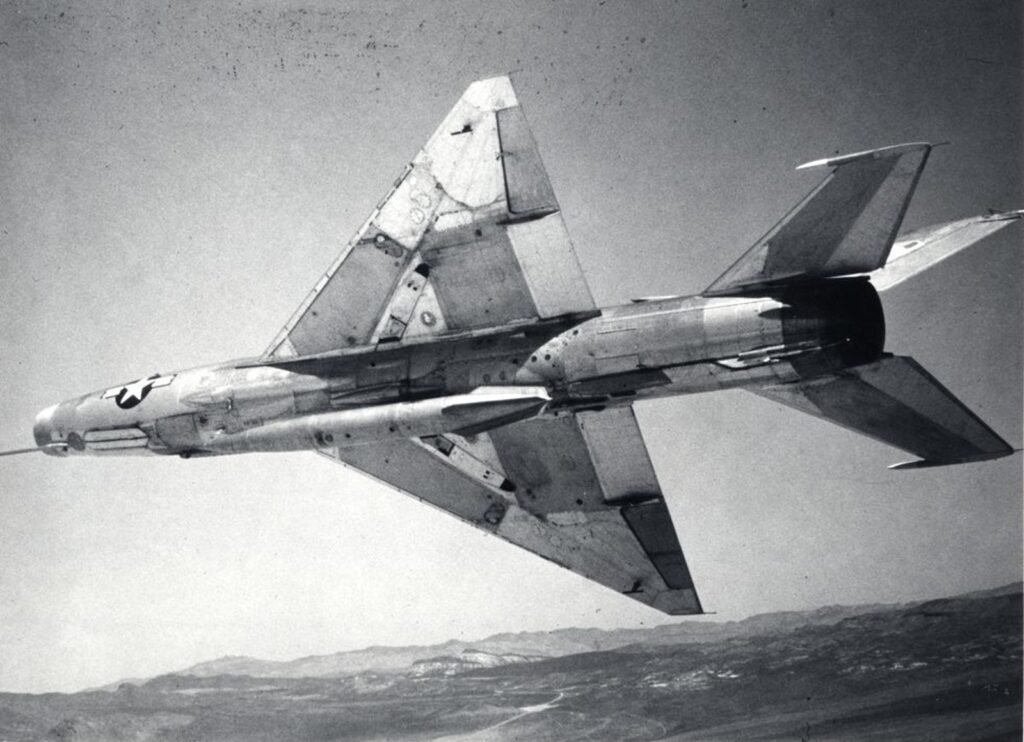MiG flight by Neil Anderson as told to Don
As the F-16 test pilot for General Dynamics, I traveled to Cairo with the American delegation whose mission was to negotiate the sale and implementation of the aircraft into the Egyptian Air Force. With much fanfare and ceremony, President Sadat greeted us warmly. During the evening, he asked me if there was anything that he could do for me.
In the early 1980s, the Egyptian Air Force flew the Russian MiG-21. At that time, it remained a respected and little-known entity in America.
I replied, “I have always wanted to fly a MiG-21. Could you arrange that?”
He summoned his Air Force Chief of Staff and said, “Provide Mr. Anderson with a MiG to fly.”
When I arrived at Abu Suweir Air Base, an immaculate MiG-21 sat ready on the tarmac with a dozen airmen waiting. A general warmly greeted me and introduced me to the young officers who readied the aircraft.
“What would you like to do Mr. Anderson?” One asked.
“If you will show me how to start it, I think I can handle the rest,” I said.
“Very well, but you must remain in Egyptian air space or the Israelis will shoot you down.”
“What is you plan, Mr. Anderson?”
“I will takeoff, fly west, perform some maneuvers, and return for a few touch-and-go landings.”
“Very well, what is this touch-and-go?”
Surprised at their ignorance, I replied, “That is when you land, then power up and take off again, without stopping.”
“Interesting, have a good flight.”
And off I went. After a few minutes of maneuvers (the aircraft had very short endurance), I returned to base. Lining up on the 9700 ft. runway, I smoothly touched down and pushed the throttle fully forward. Only then did I realize that the engine accelerated much more slowly than I was accustomed. Halfway down the runway, the engine had achieved about 75% RPM, which amounted to almost no thrust. With two thousand feet remaining, it slowly spun up to about 85%, still inadequate for flight. At the end of the runway, committed to the takeoff, I saw 90% as the aircraft began to bounce through the desert. After what seemed an eternity, I felt the thrust push me forward, and I pulled the nose up to fly. With the brush banging against the underside of the fuselage and wings, I finally escaped.
I realized at that moment why the Egyptian pilots were so mystified about the touch-and go. Prudently deciding to leave what remained of the landing gear down, I circled for an uneventful landing. As I taxied back into the parking area, the Egyptians were perfectly expressionless. Not one of them expressed any surprise either by their body language or speech.
“Did you enjoy your flight Mr. Anderson? One asked.
As I left, I glanced over my shoulder at the now trashed fighter, wondering if I had blown the F-16 sale deal. No one, either Egyptian or American, ever said a critical word to me about the flight. The sale went through as expected.

